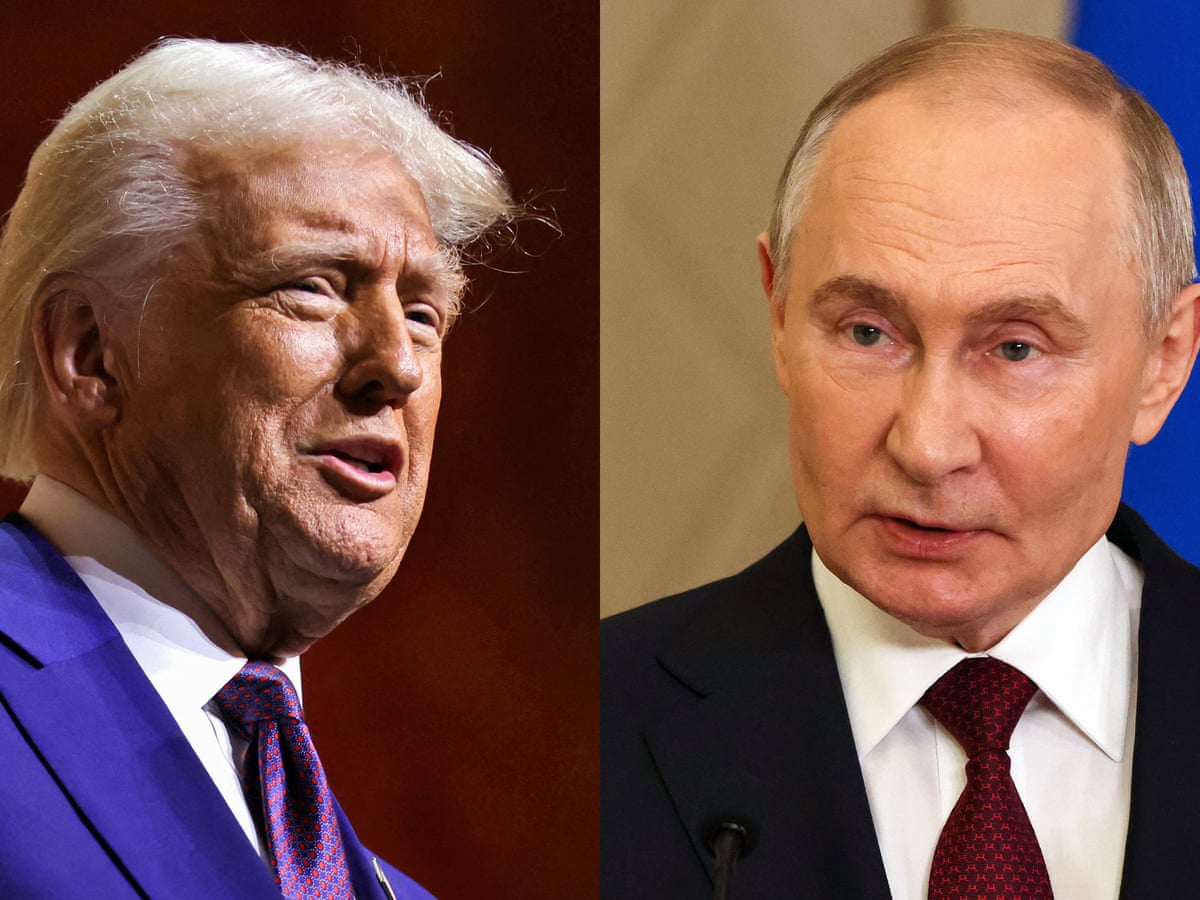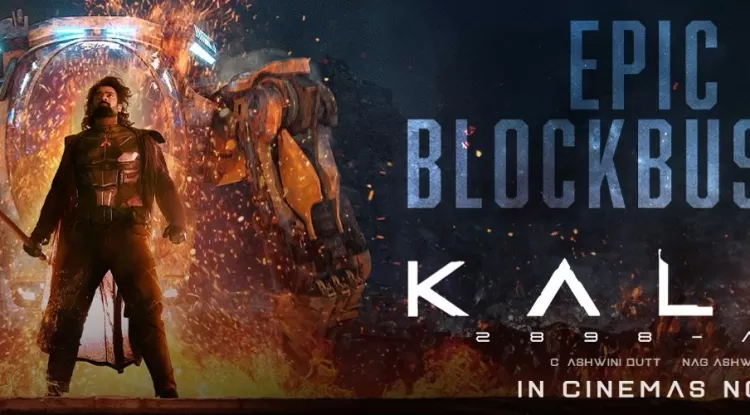Escalating Tensions: Analyzing the India-Pakistan Standoff
The ongoing standoff between India and Pakistan along the Line of Control (LoC) raises critical questions about regional stability. As both nations engage in military posturing, experts weigh in on potential pathways to deescalation.
Heightened Activity Along the Line of Control
Recent developments indicate an uptick in military activity, with multiple attempted intrusions by the Pakistani army. Major General Ashoke Ka, a veteran of the 1971 war and defense expert, described the situation as an "undeclared war" entering its fourth day. Both nations claim damage to military infrastructure, although verifying these claims is challenging. India’s military capability suggests that Pakistan may have suffered more significant losses.
General Ka emphasized the need for Pakistan to consider whether its military response has been satisfactory. The notion of an "offramp" for deescalation is critical, as both countries have indicated a willingness to engage in dialogue, contingent on mutual de-escalation.
India's Response and Global Dynamics
India maintains that its military actions have been responsible and aimed at retaliating against terrorist attacks. The Indian government has reiterated that it is open to reciprocate if Pakistan signals satisfaction with its actions. The dialogue around deescalation has also drawn in international players, particularly the United States and Saudi Arabia. Both nations are keen on facilitating peace talks, with the burden of deescalation currently resting on Pakistan.
General Ka noted that the U.S. has historically influenced Pakistan's military decisions and that a push from the U.S. could prompt Pakistan to declare victory and step back from aggressive posturing. The recent approval of a $1 billion IMF loan for Pakistan, despite Indian objections regarding terror funding, reflects shifting dynamics that could affect the conflict's outcome.
The Role of International Mediation
The mixed signals from U.S. officials regarding mediation efforts further complicate the situation. While President Trump initially offered to mediate, other officials have suggested that the U.S. should take a hands-off approach. Nevertheless, Secretary of State Marco Rubio's recent criticism of Pakistan’s support for terrorism indicates a growing international concern about the stability of the region.
Long-Term Solutions and Future Outlook
Despite hopes for immediate deescalation, General Ka warned that the fundamental issues driving the conflict—particularly cross-border terrorism—are unlikely to be resolved through military means alone. A political solution through dialogue is essential for lasting peace. While the current tensions may ease, the underlying challenges remain, necessitating a comprehensive approach to restore deterrence in the region.
In conclusion, as India and Pakistan navigate this precarious situation, the international community's role in mediating dialogue will be crucial. Both nations may need to find a way to declare victory and move toward a more stable future, even as the specter of conflict looms large.
For continued updates on this evolving situation, stay tuned to our blog.
What's Your Reaction?















